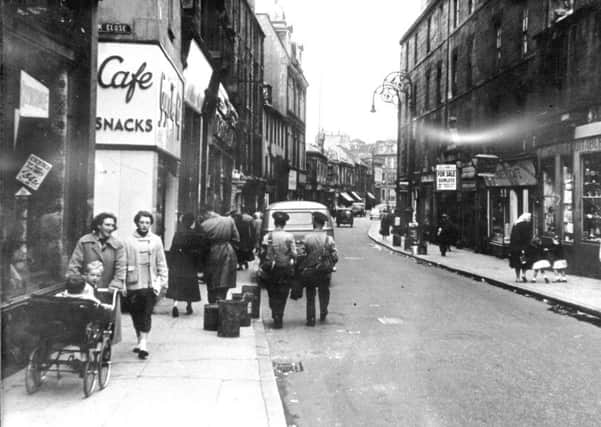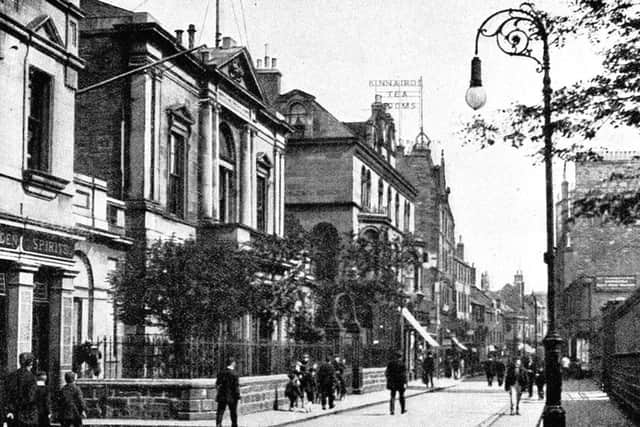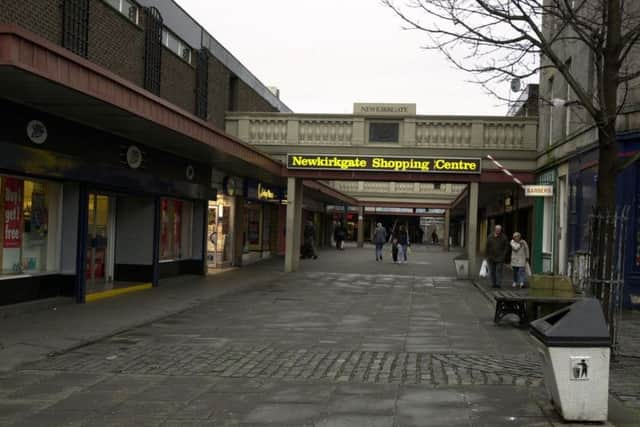Lost Edinburgh: Old Kirkgate recalled


The fifth, the ‘Kirk Gate’, is historically one of Leith’s most vital road links and certainly one of its oldest. Its name translates as ‘way to the kirk’, the kirk in question being South Leith Parish founded in 1487.
A trawl through archive photographs reveals that this characterful street was a bustling hive of activity and commerce, forever lined with people and populated with scores of shops.
Advertisement
Hide AdAdvertisement
Hide AdLocal author and historian Jack Gillon, who possesses an extensive collection of photographs showing the old Kirkgate just prior to demolition in the 1960s explains: “The whole area was absolutely teeming with businesses. My photographs show shops such as Claude Alexander tailors, Polson & Smart drapers, Kinnairds tearooms, Ramage’s butchers, The Albert Fish Restaurant, and numerous other shoe shops, record stores and hairdressers. It really had everything you could need.”


One famous building on the street, just a stone’s throw from the still-extant Trinity House, was Cant’s Ordinary, an ancient tavern and hostelry visited by the likes of Queen Mary, Oliver Cromwell, Charles II and other members of elite society between the 15th and 17th centuries.
The medieval building was sadly demolished in 1888 and a plaque erected on the facade of its Victorian replacement to mark the significance of the site. That Victorian building is now long gone, but the plaque was salvaged and can still be spotted today as part of the frontage of one of the 1960s houses.
Allegedly dating back to the 12th century, Cants Ordinary would have been one of the oldest pubs in Europe.
Advertisement
Hide AdAdvertisement
Hide AdFurther up the street on the opposite side stood an entertainment palace of great fame and notoriety: Leith’s Gaiety Theatre.


It opened in 1889 as the Princess Theatre, being renamed the New Gaiety at the turn of the 20th century. It could seat approximately 2000 people and was frequented by patrons from all over Leith, Edinburgh and beyond.
Among the vast number of acts to appear on the Gaiety’s stage was Harry Houdini. The world-famous escape artist first performed at the Kirkgate venue in 1904. Later on in the century, the Gaiety began to show films, but returned to variety just before the end of the Second World War.
The Gaiety, along with the rest of the old Kirkgate and neighbouring streets such as the historic Tolbooth Wynd, was swept away and replaced by the Newkirkgate Shopping Centre and a new housing complex (incorporating the now A-listed tower block Linksview House) in 1965.
Advertisement
Hide AdAdvertisement
Hide AdThe resident population was dispersed to new housing developments at all four corners of Edinburgh.


Remarkably, the neoclassical edifice of Trinity House, originally built as a guild hall, customs house, and centre for marine administration and poor relief (phew!), managed to survive the onslaught, presumably because it was deemed to be of a superior architectural style to the Victorian, Georgian and Medieval fabric that surrounded it.
Interestingly, remnants of the foundations of Leith’s first hospital (1614) are said to exist in Trinity House’s basement.
It really is a district steeped in history, just a shame that there’s so little visual evidence of it left.